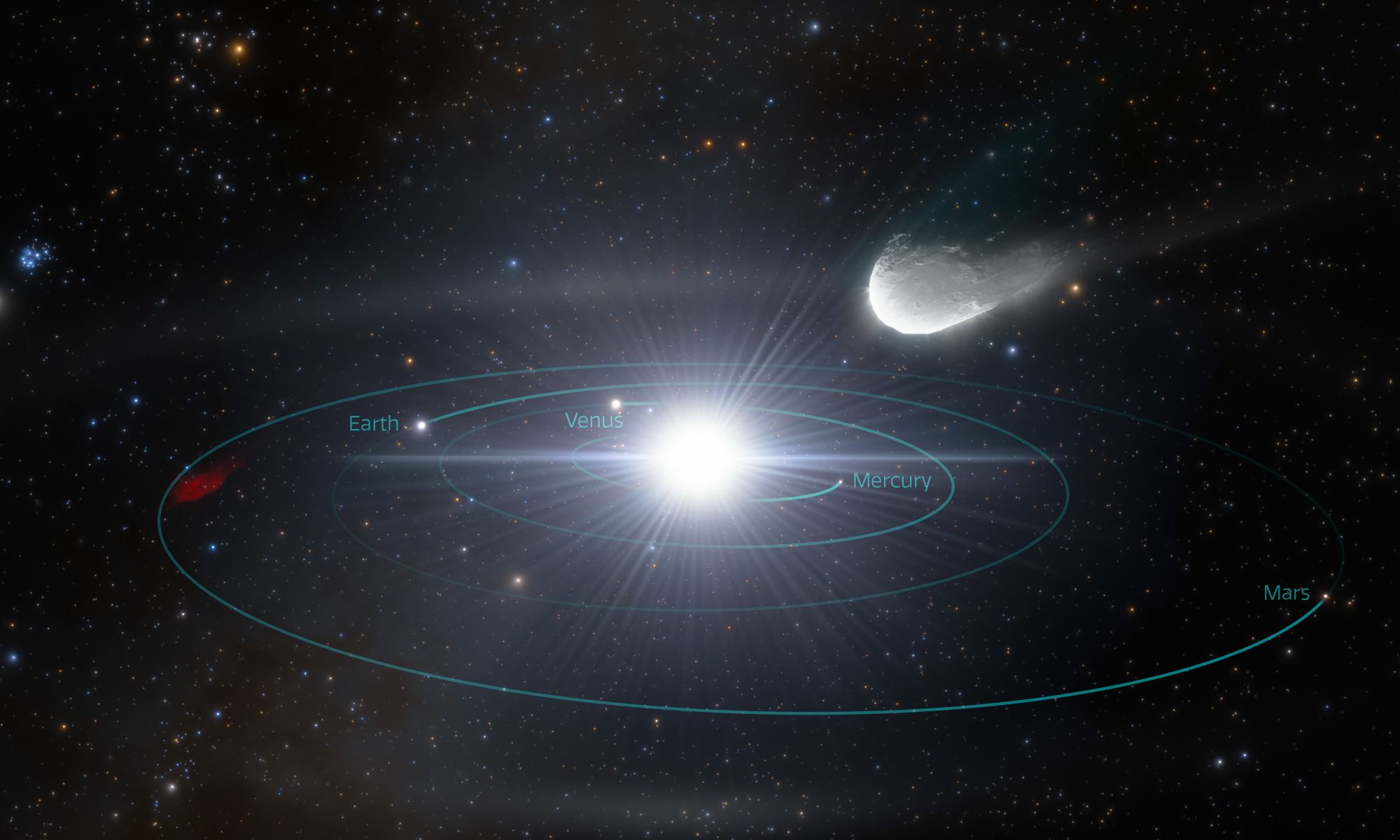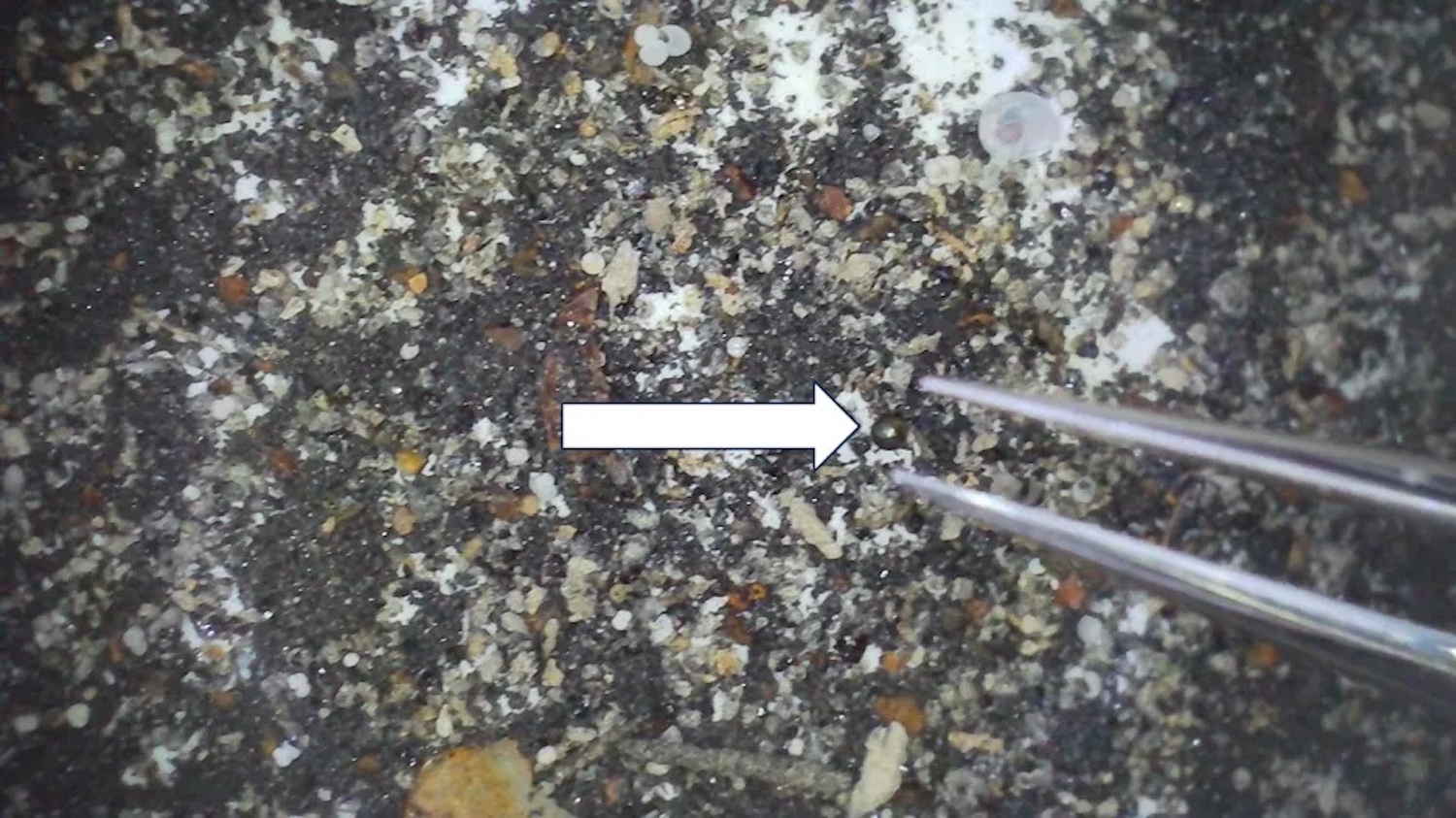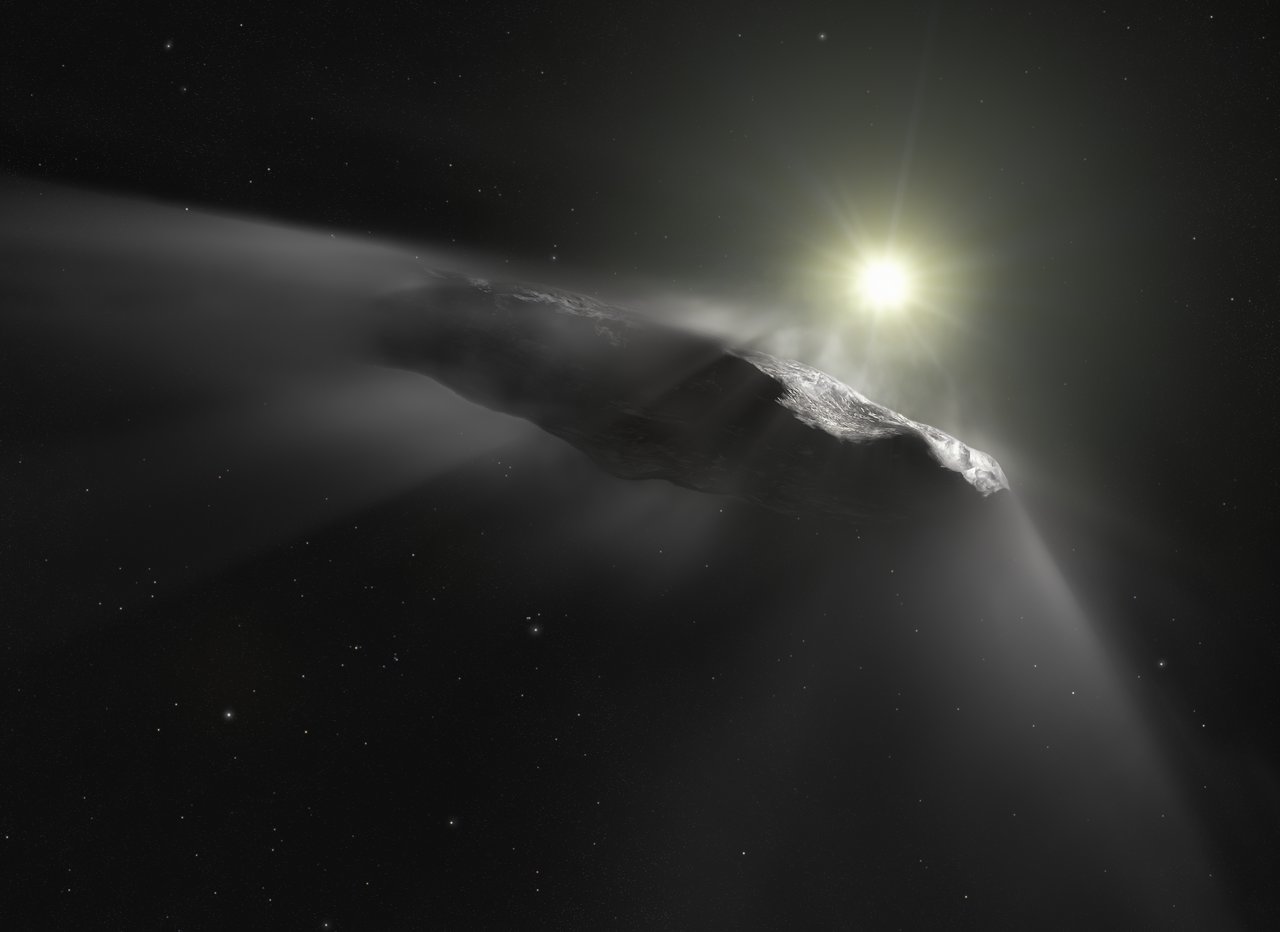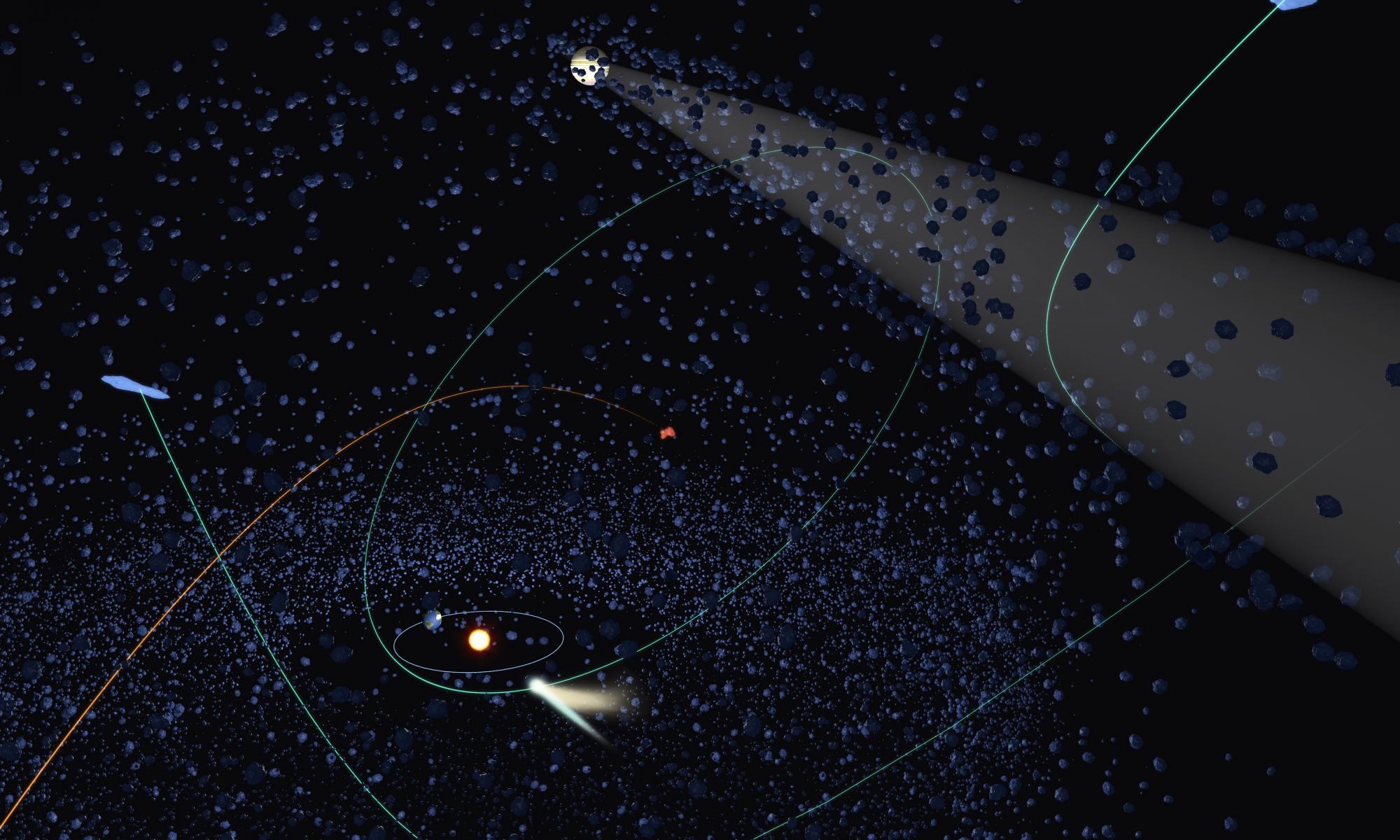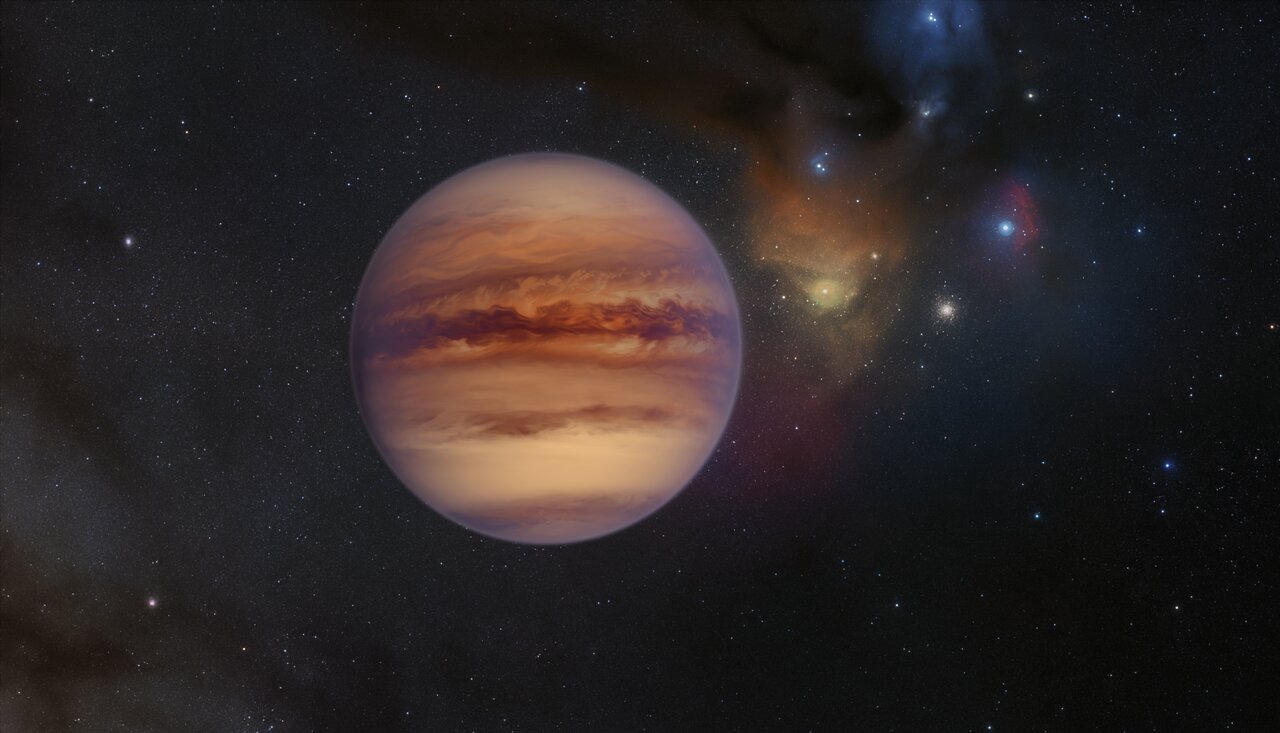When Oumuamua traversed our Solar System in 2017 it was the first confirmed Interstellar Object (ISO) to do so. Then in 2019, Comet 2l/Borisov did the same thing. These are the only two confirmed ISOs to visit our Solar System. Many more ISOs must have visited in our Solar System’s long history, and many more will visit in the future. There are obviously more of these objects out there, and the upcoming Vera Rubin Observatory is expected to discover many more.
It’s possible that the Sun could capture an ISO or a rogue planet in the same way that some of the planets have captured moons.
It all comes down to phase space.
Continue reading “Here’s How Interstellar Objects and Rogue Planets Can be Trapped in the Solar System”
